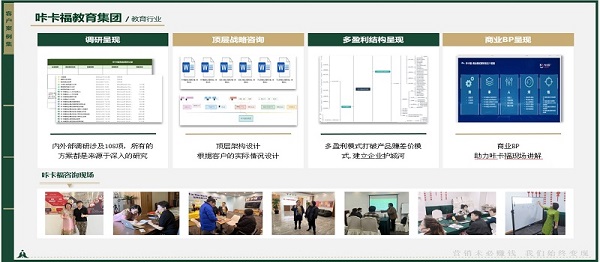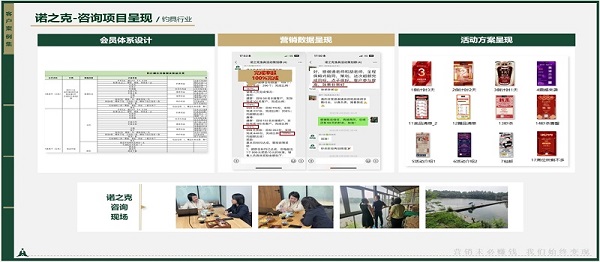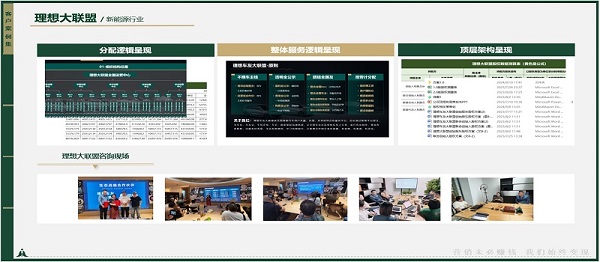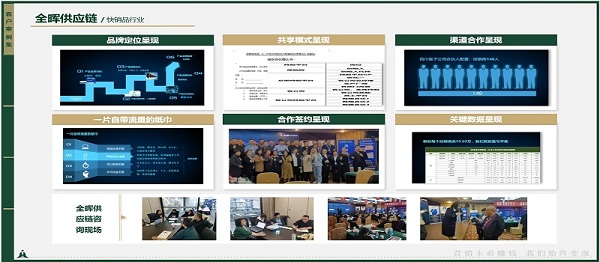品牌战略的六个核心组成部分
Brand strategy is a comprehensive framework that guides how a brand presents itself to the world. It encompasses six key aspects brand positioning, brand identity, brand communication, brand experience, brand extension, and brand management. Each component plays a critical role in shaping consumer perception and driving long-term business success.

品牌定位的核心要素
Brand positioning defines how a brand differentiates itself in the market. It involves identifying a unique value proposition, understanding target audiences, and analyzing competitors. Effective positioning requires clarity in messaging and consistency across all touchpoints to establish a distinct market presence.

品牌形象与品牌识别的区别
Brand identity refers to the visual and verbal elements (e.g., logo, tagline) that represent a brand, while brand image is the perception formed in consumers' minds. Identity is controlled by the company, whereas image evolves through customer experiences and external influences. Aligning the two ensures authenticity and trust.
品牌传播的关键渠道
Modern brand communication leverages both digital and traditional channels. Social media, content marketing, and influencer partnerships are essential for engagement, while TV, print, and events maintain broad reach. The choice of channels depends on audience behavior, campaign goals, and resource allocation.
品牌体验对用户忠诚度的影响
Brand experience encompasses every interaction a customer has with a brand, from product usage to customer service. Positive experiences foster emotional connections, driving repeat purchases and advocacy. Personalization, seamless omnichannel integration, and proactive problem-solving are key to enhancing loyalty.

品牌延伸的潜在风险
Brand extension involves applying an existing brand name to new products or markets. Risks include dilution of core brand equity, consumer confusion, and mismatched expectations. Success requires rigorous market research, alignment with brand values, and phased implementation to test acceptance.































